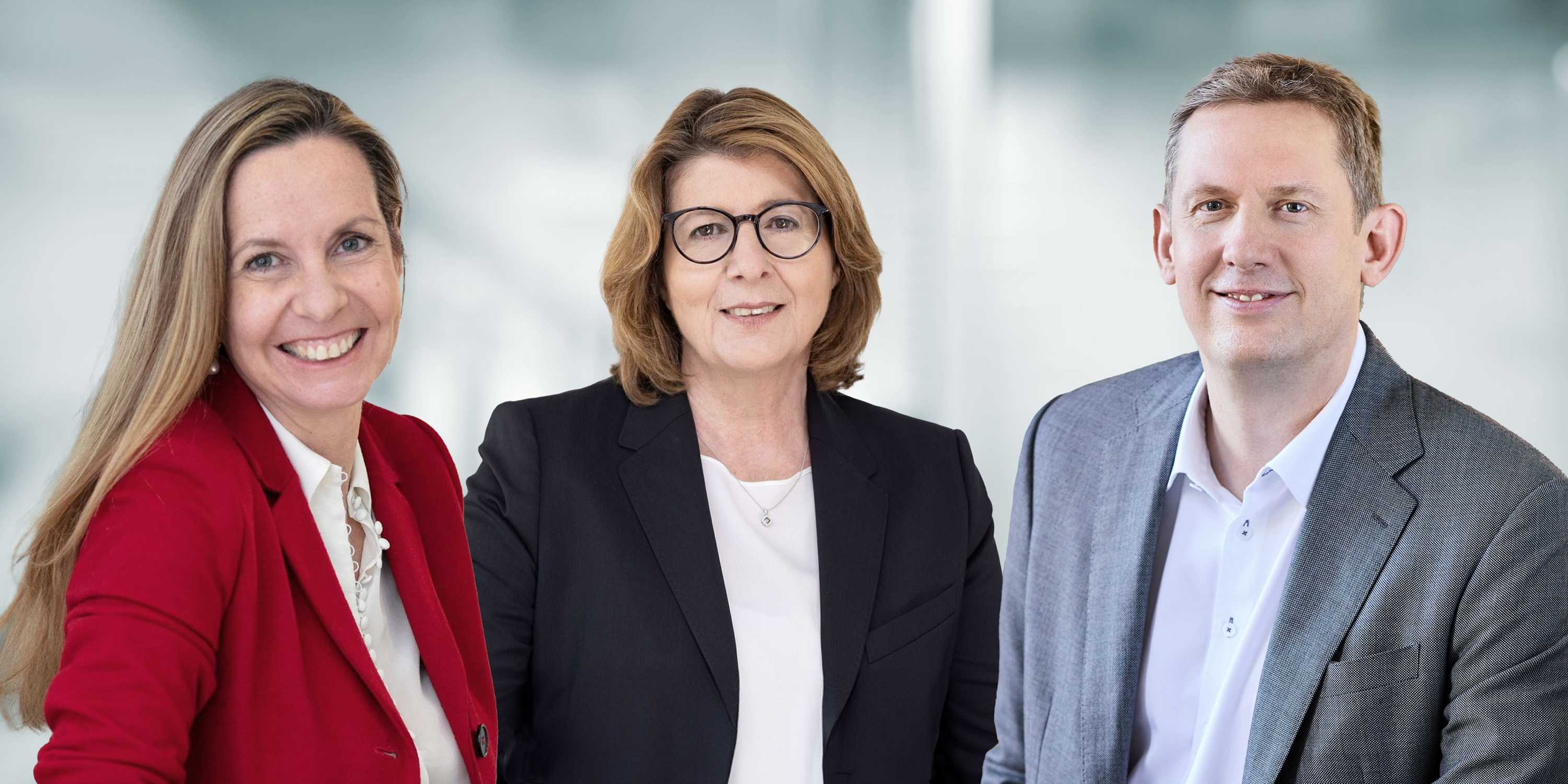Teaming up for better health
What’s the best way to translate research findings into clinical practice? A discussion with Monika Jänicke, CEO of the University Hospital Zurich, Rahel Kubik, head of radiology at Kantonsspital Baden, and Christian Wolfrum, VP for Research at ETH Zurich.

Research translation has been a hot topic in the headlines in recent years. What’s the best and fastest way to transfer the results of basic research into clinical practice?
Rahel Kubik: It’s really important that any new method developed by researchers should address an existing challenge in clinical care. Costs in the healthcare sector are skyrocketing, so we need to ensure that research translation generates an actual benefit – and that means identifying genuine needs. But the success of a translation project also depends on the various professional groups involved: doctors, basic researchers and nursing staff all need to share a common language and have a bond of familiarity and trust. Research translation can be a long, hard road – so you need to make it a shared journey.
Monika Jänicke: You hit on two very important points there: trust and interprofessional teams. The ability of interdisciplinary teams to shorten the journey from basic research to clinical practice is something I find particularly fascinating.
Christian Wolfrum: As well as an interdisciplinary team, you also need people working at the interfaces. One way to make faster progress is by appointing people to dual roles. In terms of professorships, for example, that would mean someone holding two positions simultaneously, one at a hospital and one at ETH Zurich. You tend to get quicker results when you’re familiar with both worlds.
Jänicke: Exactly. If you have ties to multiple institutions, you feel a connection to them and understand what resources they have. Each individual institution has its own particular strengths, whether that’s Kantonsspital Baden, ETH Zurich or the University Hospital. By combining those strengths, you can get more done in less time.
Wolfrum: Get the structures right and you inevitably make translation faster. That only falters when you’re confronted with situations that require incredible amounts of energy to break new ground.